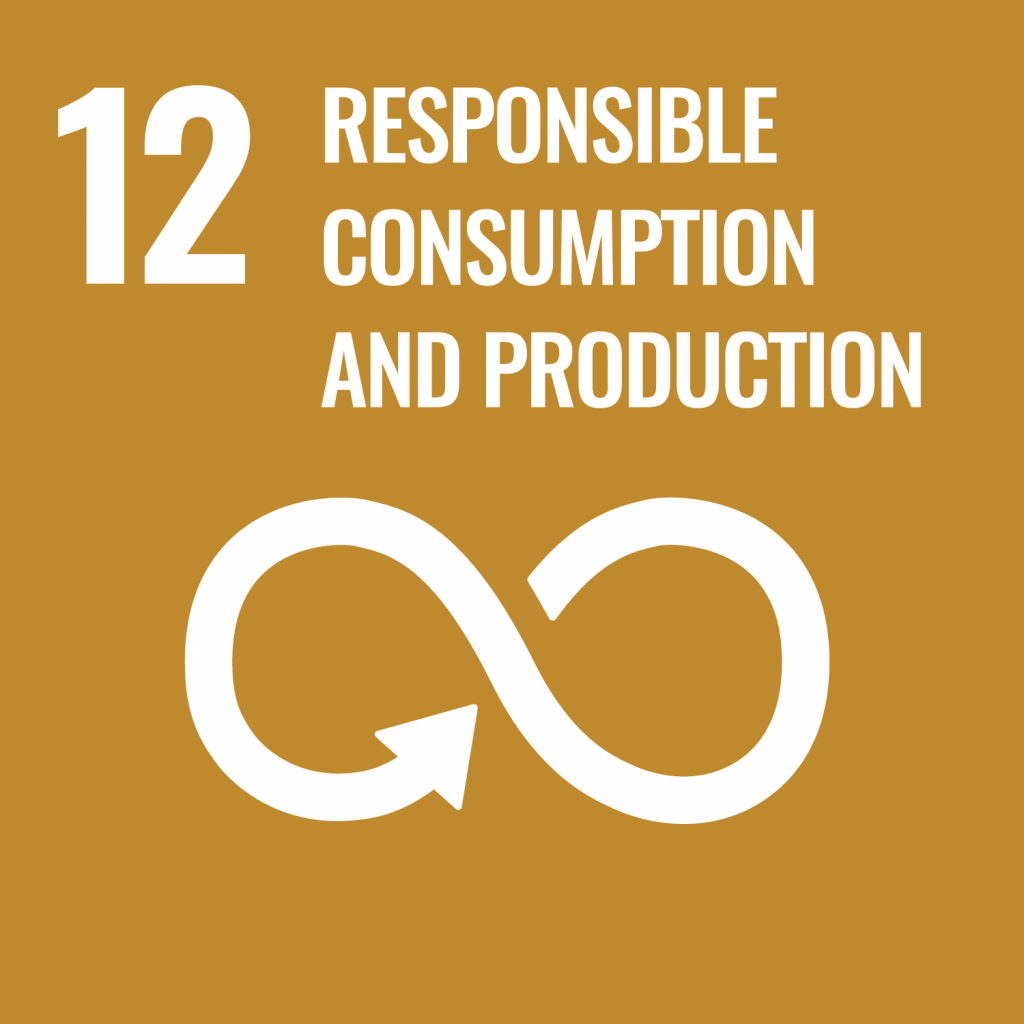
Air Emissions
Air Emissions


Significance & Commitment
Releasing air pollutants to the atmosphere, especially from thermal power plants is a serious concern as they are harmful to both human health and the environment of surrounding communities. Air emissions management is thus considered as an important issue for the Company.
Ineffective management may suspend the existing operations and lead onto losing stakeholder’s confidence.
Management Approach
Mining business
There are two types of emissions: point source and nonpoint source. The point source emissions typically generate at the diesel generator are controlled by preventive maintenance to reduce the chance of incomplete combustion. For nonpoint source, two main pollutants include Sulfur Dioxide (SO2) from fuel combustion at the hauling trucks and Particulate Matter (PM) from coal hauling and storage activities. Several initiatives to manage S02 and PM are undertaken such as using conveyor belts instead of trucks, water spraying at haul roads and coal stockyards, regularly maintenance engine, and the truck speed control. Furthermore, the Company regularly conducts air quality monitoring by third-party in both operational areas and surrounding communities.
Thermal power business
Since most of the emissions at thermal power plants is a point source, the Company has placed emphasis on prevention at source by engineering control such as using a Circulating Fluidized Bed (CFB) boiler. In addition, the Company has formulated a 5-year plan (2013-2018) to improve air pollution control systems at three Combined Heat and Power (CHP) plants in China with over USD 43 million investment through latest and efficient technology, such as Flue Gas Desulfurization (FGD), Selective Non-catalytic Reduction (SNCR) and Electrostatic Precipitators (ESP). Moreover, Continuous Emission Monitoring System (CEMS) is also installed at the stack and surrounding communities to real-time monitor the air quality so that any potential incident from the undesired emissions levels can be addressed immediately. The monitoring covers four key indicators; SO2, NOx, PM (Total Suspended Particles: TSP) and Mercury (Hg).
Air Pollutants
Prevention at Source
Air Emissions Control
SO₂
· Using a Circulating Fluidized Bed (CFB) boiler
· Using low sulfur coal
· Using Flue Gas
Desulfurization (FGD) unit
NOx
· Using Circulating Fluidized Bed (CFB) boiler
· Using low NOx burner
· Using Selective Non-catalytic Reduction (SNCR) and Selective Catalytic Reduction (SCR) methods
TSP
· Using low ash coal
· Using Electrostatic Precipitators (ESP)
Year in Review
In 2023, thermal power plants in China undertook significant upgrades by changing De-NOX catalysts to ensure the flue gas quality. In Indonesia, apart from the regular monitoring of ambient air quality by external parties, the Company has implemented comprehensive water spraying plans to increase dust suppression efficiency, thereby mitigating any potential risks to adjacent communities.
